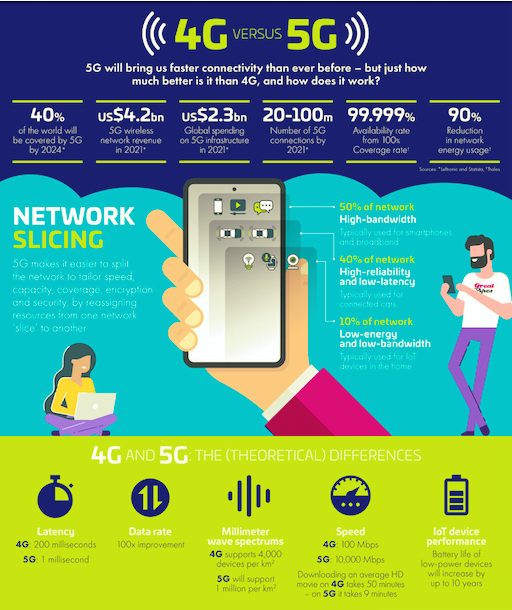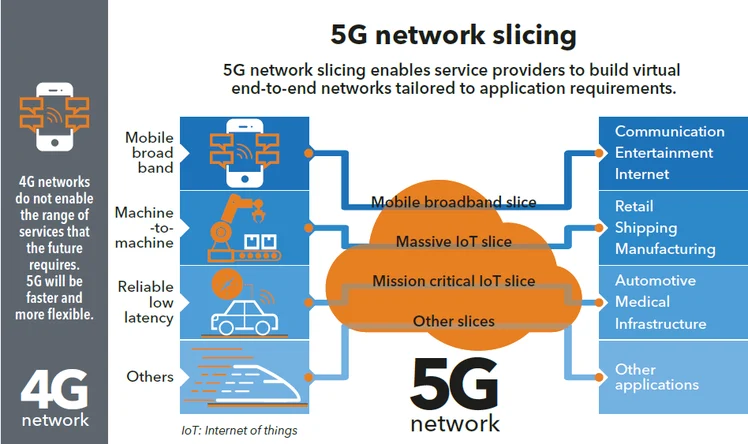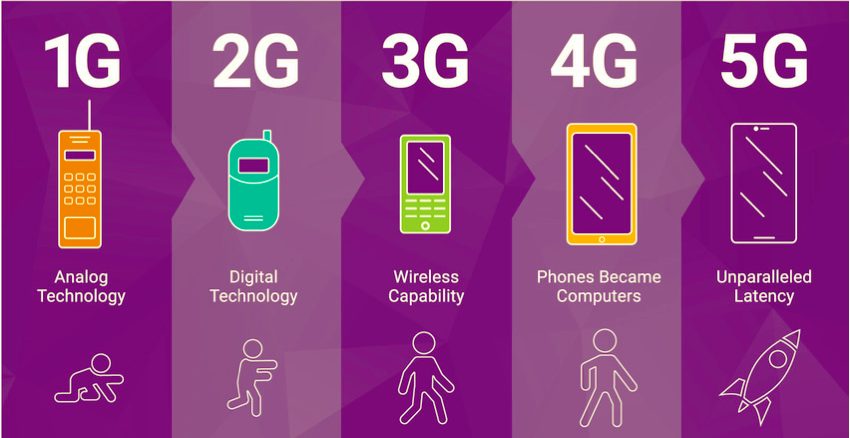In the recent years Internet data Connectivity has evolved from providing access to the internet to powering complex infrastructures.
Wireless technologies, from Bluetooth and WiFi to 3G and 4G LTE, rely on performance trade-offs with the IoT devices on their networks.
For example, Internet connect everything from smartphones, homes, and cars to traffic and garbage collection systems using the Internet of Things (IoT) technology.
5G achieves its unparalleled latency by operating across three spectrum bands. These three bands create a flexible, malleable connection that adapts to how and where the user is connecting.
The low-band spectrum is the primary band many popular carriers already rely on owing to its capacity to penetrate hard surfaces while still covering a broad area.
Its shortfall is that it tops out at a data speed of 100 Mbps. Consequently, some countries have forgone this band, opting to set their minimum tier of 5G performance at the midband spectrum.
This midband spectrum offers reduced latency with less surface penetration and higher peak speeds than the low-band spectrum.
The difference between 5G and 4G is huge and enormous and time to put things in detail
Fact 1 : 5G is 100 times faster than 4G
Connectivity requirements vary based on what the network is being used for.
Streaming a film on smartphone and driving your connected car demand different connectivity levels that aren’t always available with 4G.
Better performance with 5G also means a lower latency rate that is the delay between sending and receiving information. For 4G, this is 200 milliseconds, not far off the 250 milliseconds it takes for humans to react to visual stimuli. The 5G latency rate is significantly lower at just 1 millisecond.
This is due to the fact with 5G reaching 10 gigabits per second up to 100 times faster than 4G
Yes it is true 5G networks can deliver the level of performance needed for an increasingly connected society.
Downloading a high-definition film over a 4G network, for example, takes 50 minutes on average – on 5G, it takes just nine confirms Industry experts . In other words, IoT and 5G create a perfect combination.

Fact 2 : 5G means more secured and regulated
5G will see the wider deployment of private mobile networks and increased network access on the part of third-party suppliers, all of which increase the number of opportunities for hackers.
Therefore, the EU is calling for a dialogue between vendors, network operators, and regulators to find and implement solutions to mitigate these risks.
Following the EU’s GDPR, which set itself as the reference for data protection worldwide in 2018, the EU is preparing the ePrivacy Regulation (ePR).
The GDPR aims to protect personal data, and the ePR focuses specifically on individuals’ privacy as it relates to electronic communications.
This can be achieved, for example, by the pseudonymization and encryption of personal data.
Again, the 5G SIM plays the role of protector of the user’s privacy.
So, as consumers look to the future, 5G will be about more than faster mobile internet as it delivers new connectivity levels – and enhanced trust – across a wider ecosystem.
Fact 3 : 5G does network slicing swiftly aptly
5G network slicing is the use of network virtualization to divide single network connections into multiple distinct virtual connections that provide different amounts of resources to different types of traffic.

Mobile operators and telecommunications vendors are scrambling to prepare themselves for the arrival of the first commercial 5G networks, expected to happen in the 2020 timeframe. One of the most innovative aspects of the 5G architecture will be its reliance on 5G network slicing, which will let operators provide portions of their networks for specific customer uses cases whether that use case is the smart home, the Internet of Things (IoT) factory, the connected car, or the smart energy grid.
‘network slicing’ becomes much easier – when the network is split to tailor speed, capacity, coverage, encryption, and security by reassigning resources from one ‘slice’ of the network to another ‘slice’ that needs it.
In other words, just as each flat in a building has a specific key to let only authorized people enter, each slice will rely on a specific ‘slice SIM,’ also known as the ‘sSIM,’ which will be stored in your 5G SIM.









